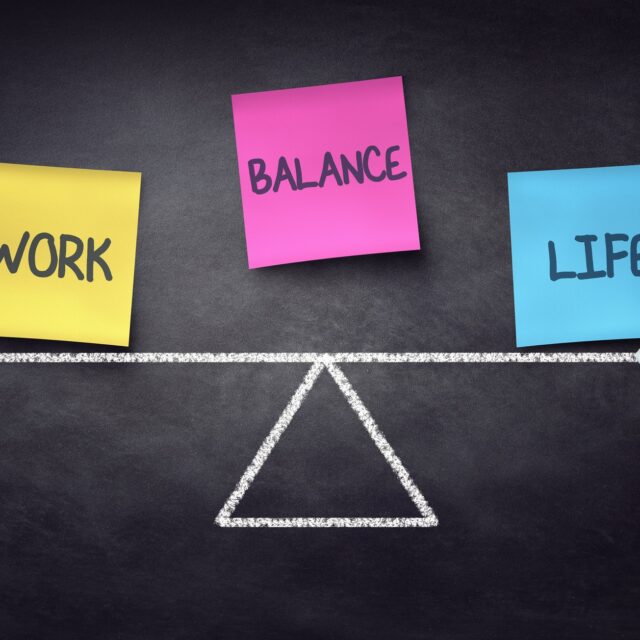Friday Flyer: Are higher US Interest rates a problem?
In a Keynesian view of the world, the joint actions of monetary and fiscal policy set the level of overall demand in the economy.
In a Keynesian view of the world, the joint actions of monetary and fiscal policy set the level of overall demand in the economy. Indeed, in a famous metaphor, James Tobin suggested that the government and central bank poured their stimuli into the top of a funnel from the bottom of which came faster growth in nominal GDP, which is the sum of real GDP growth and inflation. It would not matter if the stimulus was provided by monetary or fiscal policy because they both went down the same funnel. If the economy was below full capacity then there would be a faster rate of growth in real GDP and if near to or above full capacity, any stimulus will rather present itself as inflation. But in either case nominal GDP would grow faster.
So the prospect of an incoming Trump presidency adopting a more expansionary fiscal policy also means there may be more being stuffed down the US funnel, which means that to maintain a given level of growth in nominal GDP policy rates may have to rise more quickly than anticipated. Illustrative scenarios by my colleagues Graham Hacche and Iana Liadze suggest that the implied reductions in corporate and personal taxes and an increase in government investment may add as much as some 1% to GDP growth in 2017 and 2018 in the US. It is therefore not surprising that with unemployment under 5% the minutes of the FOMC meeting suggest that the Federal Funds rate may have to rise faster than previously anticipated in order to ensure that capacity constraints do not bite, so as so contain inflation.
We have become accustomed to a world in which increases in interest rates are treated as unambiguously bad. The concerns over high interest rates reflect the impacts on debt service and possibly on asset prices. But that rather parochial view misses the point which is that ultra-low interest rates signal that we are not in normal times. A return to normal times would be accompanied by a return to normal interest rate levels, by which I mean somewhere above 2-3% and near their historic mean of some 5%. In fact, a paper in 2014 by Schmitt-Grohe and Uribe argued that increasing rates might be exactly the way we might be able to return to normal times.
They argued that whilst increasing interest rates in normal times was broadly restrictive and tended to act to dampen aggregate demand, in abnormal times, associated with a liquidity trap, an increase in interest rates may tend to raise inflationary expectations and signal a return to normality. So if the expansionary fiscal policy introduced by the new President was accompanied by an increase in policy rates it might get the economy back to where it has mostly been in the post-war period. Wouldn’t that be nice?














